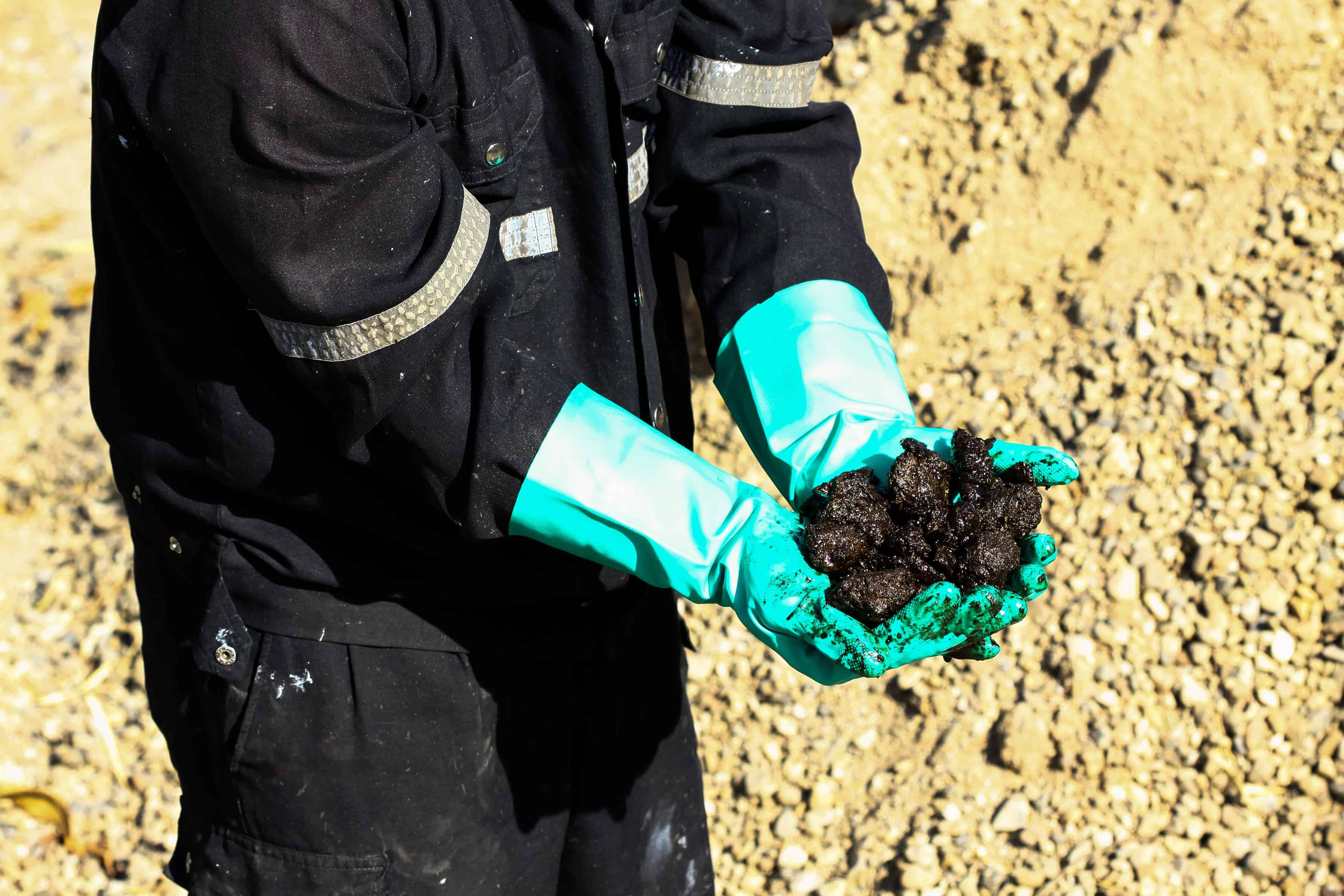After a near brush with the corporate undertaker, upstream oil producer Pengrowth Energy Corp. (TSX:PGF)(NYSE:PGH)has bounced back strongly. It recently reported some solid second quarter 2018 results that indicate that it is well positioned to grow and unlock value for investors as oil firms in value.
Now what?
While second quarter production was less than half of that reported for the equivalent period in 2017, this can be attributed to Pengrowth’s restructuring during which it divested itself of a large proportion of its assets to ensure its survival. Those divestments not only allowed it to strengthen its bloated balance sheet by reducing debt to manageable levels, but also ensured that it had sufficient capital to fund the development of its flagship Lindbergh steam assisted gravity drainage (SAGD) oil sands project.
That investment is paying off. Not only did Pengrowth finish the second quarter with debt totalling $700 million compared to almost $1.1 billion a year earlier, but it also reported that average daily production at Lindbergh had grown to 15,876 barrels of bitumen. This represents a 5% increase over the previous quarter and 16% compared to a year earlier.
More remarkable still is that by early August 2018, Lindbergh was producing 16,700 barrels daily, which had fallen from 17,500 barrels a month earlier because of planned maintenance. That means production from the facility will continue to grow over the remainder of 2018 once planned maintenance is completed. Coupled with higher oil, this will give cash flow a notable lift.
Pengrowth’s second quarter netback from Lindbergh before adjusting for hedges was $34.20 per barrel, which was 31% higher than the previous quarter and just over double the same period in 2017. That indicates just how profitable the Lindbergh operation is in the current operating environment.
Oil’s unanticipated rally, which sees West Texas Intermediate (WTI) hovering at around US$70 a barrel having averaged over US$65 per barrel since the start of 2018, indicates that Pengrowth can boost funding to ramp up development activity at Lindbergh.
In fact, in its strategic plan released in late June 2018, Pengrowth stated that if WTI averaged US$65 a barrel, it would boost capital spending to between $120 million and $125 million, with the majority directed to Lindbergh. That planned expenditure would be funded by cash flow from operations with any free cash flow being used to make debt repayments.
This would boost Lindbergh’s average daily production for 2019 to as high as 18,000 barrels, which is only marginally higher than the 17,500 barrels daily reported in June 2018 before scheduled maintenance was undertaken. These factors indicate that Pengrowth’s plans to grow production from Lindbergh to 35,000 barrels daily by 2023 is quite achievable.
Production at the company’s Groundbirch operations in the Montney also grew significantly to see natural gas output expanding by 71% year over year while light oil production grew by 92%. Pengrowth expects that growth to continue at a solid clip, as it has a drilling inventory of around 300 locations in what is touted to be one of North America’s top natural gas plays.
So what?
Despite these credible second quarter results and higher oil, Pengrowth’s stock has remained surprisingly flat over the last month, thereby creating an opportunity for investors seeking exposure to crude. As the company reports stronger results, including growing production at Lindbergh and improved profitability, its value will soar.








